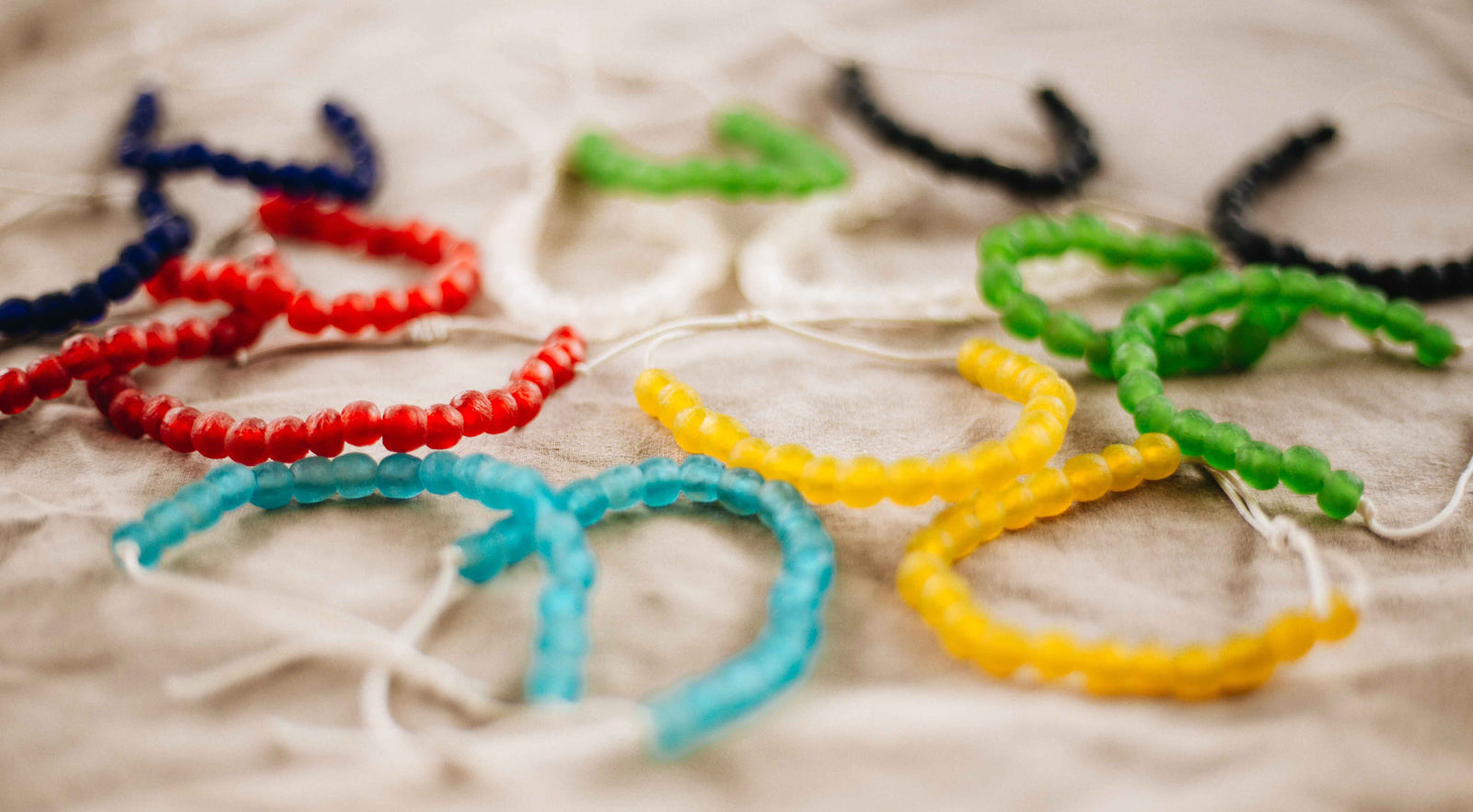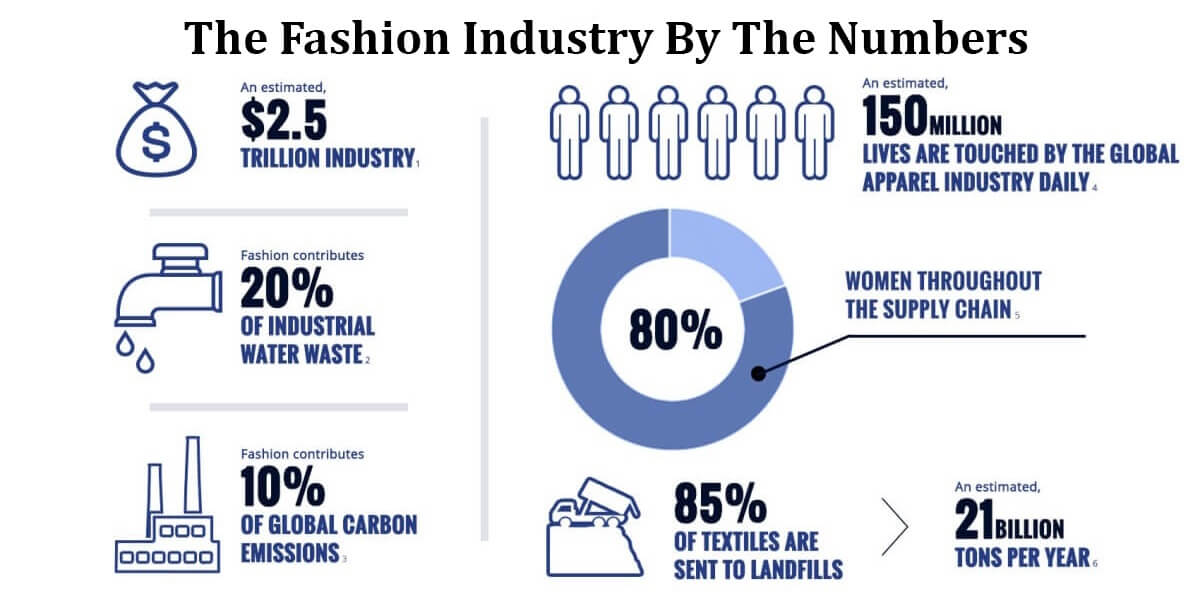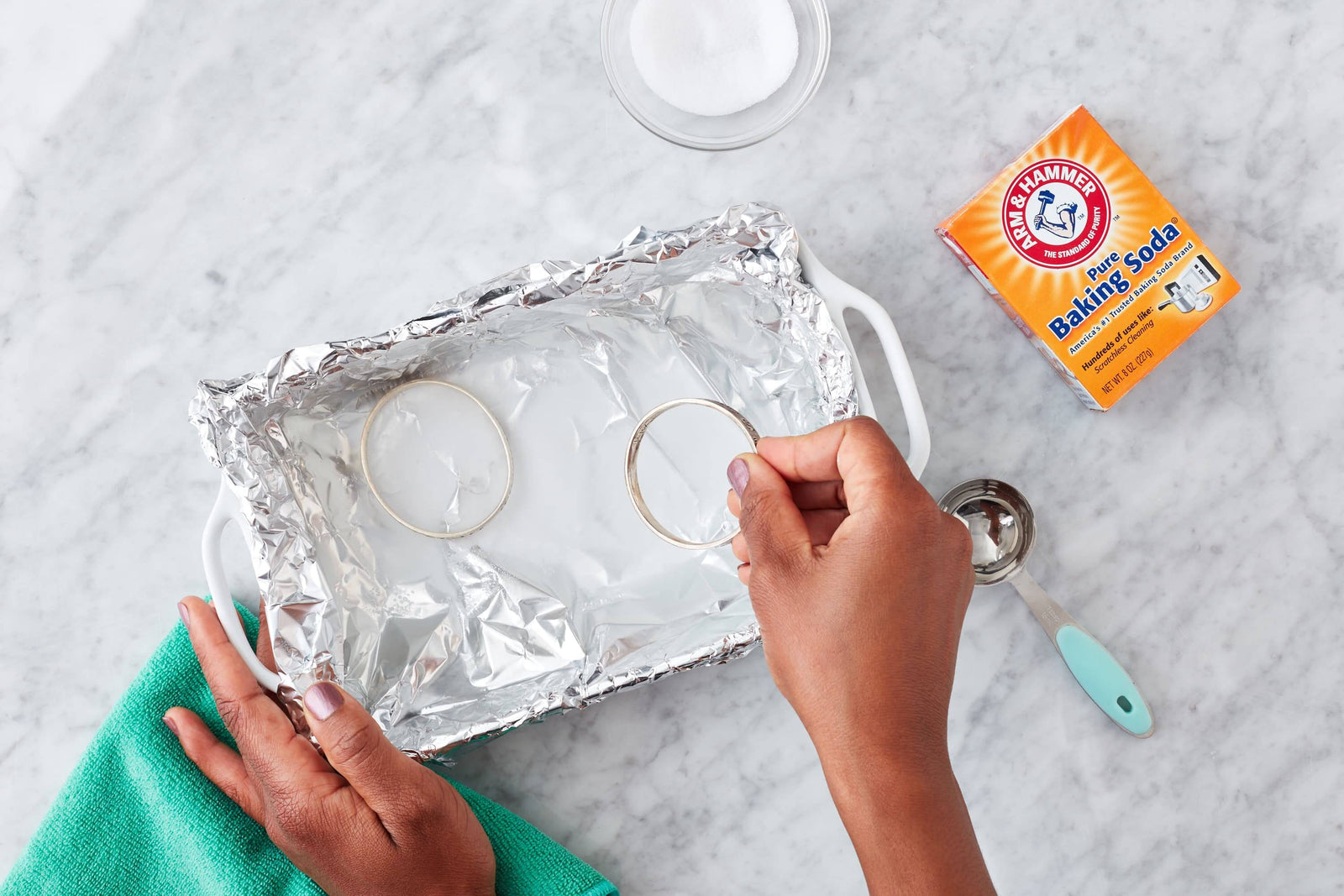Your Cart is Empty
Be the Change You Wish To See In The World!!!
Tiny Seahorse Discovered
In August of 2018, marine biologists discovered a new species of pygmy seahorses. We are reminded that we have much to learn about these tiny species of marine life. What we do know is that human interference affects their health and mating habits. Marine pollution is one of the main threats seahorses face.
An estimated eight million tons of plastic enter the ocean each year. Plastic is not biodegradable. It remains in the ocean indefinitely, circulating and poisoning marine ecosystems around the world. Every square mile of the sea has plastic in it. Wildlife conservation groups and ocean cleanup organizations exist to combat the growing crisis. However, they need everyone’s help.
How Ocean Pollution Affects Seahorses
Seahorses are heavily fished around the world. However, they are threatened by much more than fishing. Marine pollution is one of the biggest threats to these beautiful creatures. Seahorses typically live in seagrass beds, coral reefs, and mangroves along the shallow waters off the coast. As a species, they are sensitive to climate change, pollution, and other human influences that affect their habitat.
Seahorses are more vulnerable than other sea animals because they are slow swimmers. They aren’t populated throughout the oceans. Also, they are monogamous animals. They remain faithful to their chosen mate, so they travel in pairs. Should something happen to one of them, it takes the other a long time to find a new partner, slowing down the reproduction process.
 Photo by Richard Smith
Photo by Richard Smith
Ocean Pollution
Marine pollution comes from chemicals and trash from land that gets washed or blown into the ocean. The resulting pollution damages the ocean’s environment as well as the health of all sea life that lives in the sea.
The majority of the junk that ends up in the ocean is made of plastic. Storm winds, littering, and society’s lack of waste management contributes to approximately 80 percent of the problem. The most common types of plastic debris include drink bottles, shopping bags, food wrappers, and fishing gear. The problem with plastic is that it doesn’t biodegrade, so it remains in the ocean forever unless we find a way to remove it all.
This trash poses several threats to ocean wildlife. The debris tangles and injures fish. Some fish and other animals mistake plastic as food. Small organisms feed on tiny pieces of plastic that have broken down into what’s called microplastic, which is less than five millimeters (0.2 inches) in diameter. These organisms absorb plastic toxins into their tissue. Thus, plastic pollution affects the entire food chain, from tiny plankton to small seahorses, to sharks and whales.
 Photo by Justin Hofman
Photo by Justin Hofman
The Japan Pig Pygmy Seahorse
Current research shows that seahorse populations have undergone rapid declines due to the human and pollution threats they are facing. Divers and fishermen have also reported a reduction in the population from coastal areas. Even though we know a great deal about seahorses as well as the toxic effects of ocean pollution, there is still much we don’t know about seahorses. They are challenging to study in their natural habitats.
Some of the questions researchers have are, how many are out there? How many undiscovered species of seahorses are there? And, how does their particular mating system work?
Once in a while, marine biologists find a partial answer to these questions. They then share it for our enjoyment and benefit. In 2018, researchers discovered a new pygmy species of seahorse in southeastern Japan called the Japan Pig, which is as small as a grain of rice.
Local scuba divers first observed these tiny seahorses in southern to central-eastern Japan. Divers described the little seahorse as looking like a tiny baby pig. So, researchers named this newly discovered species Hippocampus japapigu, which is Latin for “Japan pig.”
The pygmy seahorses are about the size of a single grain of rice, which is only about 15 millimeters in length. They have a flat shape and kaleidoscopic coloring, which helps them disguise themselves as bits of seaweed. The coloring is beautiful if you can get close enough to see it. Some have described it as a paisley pattern.
Typically, pygmy seahorses have structures on their backs that resemble wings. Most species have two pairs. However, the Japan pig has only one pair. Another difference is that they have a unique reticulated brown and white lattice pattern on their head, torso, and tail.
Marine biologists formally identified the Japanese pig when they were surveying marine life about 287 kilometers (or 178 miles) south of Tokyo. The mini seahorses were hanging out in soft coral and algae reefs approximately 5 to 22 meters below the water’s surface.
Even though the Japan pig became known in 2018, they are not a rare species. Rather, they are camouflaged so well that it took a while to find them. We have much to learn about these tiny seahorses. So far, we know that they eat plankton and are very active in their natural habitat.
The more we understand and learn about seahorse species, the more we realize the importance of protecting these beautiful and sensitive creatures.
 Photo by Richard Smith
Photo by Richard Smith
The Seahorse Bracelet
At Bead the Change, we support ocean conservation as well as projects dedicated to protecting the seahorse, one of the sea’s most delicate creatures. For example, one of our most popular charity bracelets is our Ocean Cleanup Bracelet, which supports The Ocean Cleanup. The Ocean Cleanup is a nonprofit organization dedicated to ridding the area known as the Great Pacific Garbage Patch of plastic waste.
Ten percent of every ocean bracelet purchased goes to this organization. This save the ocean bracelet is made of beautiful turquoise glass beads made from recycled glass bottles. Even the cord is made from reclaimed plastic water bottles.
We are also proud to announce that we are expanding our ocean plastic bracelet line to include our upcoming Seahorse Bracelet. We have designed our seahorse bracelet with yellow beads made from recycled glass bottles. Also, the elastic cord makes the bracelet one-size-fits-all, perfect for men and women alike.
Our new line of bracelets will support the Sea Shepherd Conservation Society, which is an international marine conservation organization. They defend, conserve, and protect wildlife and the ocean from environmental destruction.

Comments will be approved before showing up.
In short, ethical fashion works toward the social good of society. It takes into account the workers who make the clothing industry possible. This includes everyone from the farmers who grow the fabric to the garment workers who stitch the pieces together. These efforts go beyond the surface we see as consumers. Rather, social good is deeper than the public image. A brand must take care to ensure fair wages, maintain fair trade certifications, and provide healthy working conditions. The ethically responsible brand invests in its people as much as it does its product, if not more so.
Now, you never have to tuck your jewelry away because it needs a deep cleaning. You can keep your jewelry sparkling yourself using eco-friendly cleaning agents you probably already have around the house.
Here are a few cleaning options that don’t involve harsh chemicals.



